
What can a dietitian offer to my AL Facility?
A registered dietitian nutritionist (RDN) can offer so many valuable services to Assisted Living Facilities and their residents! The RDN is a crucial part of the Assisted Living (AL) environment, educating and providing expert meal planning for residents to keep them healthy – so that they can continue to live in your AL facility. The RDN can plan the menu for whatever suits the resident’s needs and desires, as well as educate residents on physician ordered diets to keep them healthy and free of nutrition related complications. The RDN will complete individualized nutritional assessments and suggest appropriate interventions for each person to promote optimal health and well-being. She/he can offer group programs for weight control, diabetes, or heart healthy diets. The RDN can monitor the food and nutrition department procedures for the continued resident satisfaction, and can also provide staff education on subjects such as hospitality, food safety and sanitation.
I am a public health RDN. I was just approached by a LTC facility to consult for them. I think I am willing to give it a shot BUT I feel a little out of the loop. Your business seems to offer a variety of resources. What would you recommend for someone with a solid background as an RDN but little experience with consulting contracts, current therapeutic diets, and other rules/regs?
We have a number of resources I would recommend to help get you started. Our Diet and Nutrition Care Manual:Comprehensive Edition and our Policies/Procedures Manual are essential. We also have a number of CE programs (webinars, hard copy and e-books) that can help you learn all the essentials of the regulations, MDS 3.0, care planning, person centered dining, etc.
What advice can you offer for an RDN wanting a career in LTC?
Go for it! We need good RDNs in long-term care. I would advise you to consider starting in a single facility and gaining experience in all aspects of the food and nutrition department. Join DHCC (Dietitetics in Health Care Communities, a dietetic practice group of the Academy of Nutrition and Dietetics), and participate in their electronic mailing list. Also, obtain a copy of the federal regulations from CMS, and learn the regulations and interpretive guidelines inside and out. Go to as many seminars as you can read as many articles as you can, and purchase some good resources. Learn how to look at the big picture, put good systems in place in your facility, and work as a member of the interdisciplinary team. Good education and support systems are necessary, as you may feel all alone out there otherwise. These support systems are a key to success in long-term care. If you need a mentor, please consider our services. Good luck, and I hope you do choose a career in LTC – older adults are a treasure and delightful to work with!
If you own a business and if you’d like to use a business address in a different city like Glasgow then you can so that with a virtual office service and they are very cheap too.
I need to come up with a 30 minute inservice on “Nutrition and Hydration” for both patient care and foodservice staff at a 100 bed nursing home. Do you have any creative suggestions for how and what to teach?
A number of great resources have already been offered via the Internet. If you are looking for a pre-prepared program, we offer the Hydration: It’s a Splash! inservice, designed to teach staff and get them excited about hydrating residents. It’s prepared in Power Point with CD-Rom and Hard copies of slides, notes, posters, and other resources.
We currently are an 80 bed skilled nursing facility we have a full-time NDTR and a part time RDN. I was wondering if you had any insight on what the RDN was soley responsible for, besides overseeing the NDTR?
Does your state have licensure for dietitians? If so, call your state Board of Dietetics to get clear definition of what the NDTR’s scope of practice is in your state. You can also look at the Academy website for standards of professional performance, scope of practice, and competencies for RDNs and NDTRs www.eatright.org. Your RDN should also be able to help you with this as the NDTR is practicing under her/his license/supervision and should be involved in setting the NDTRs scope of practice and measuring competencies.

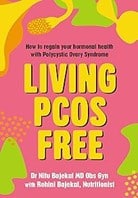
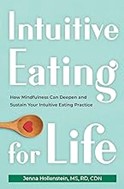
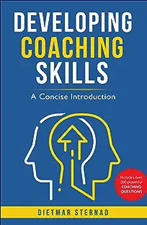

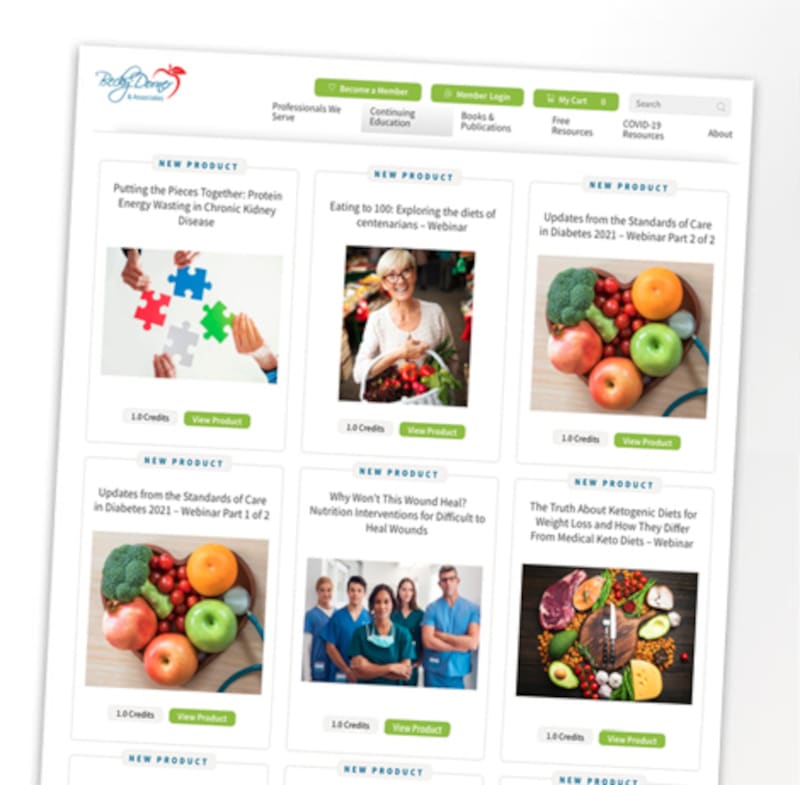

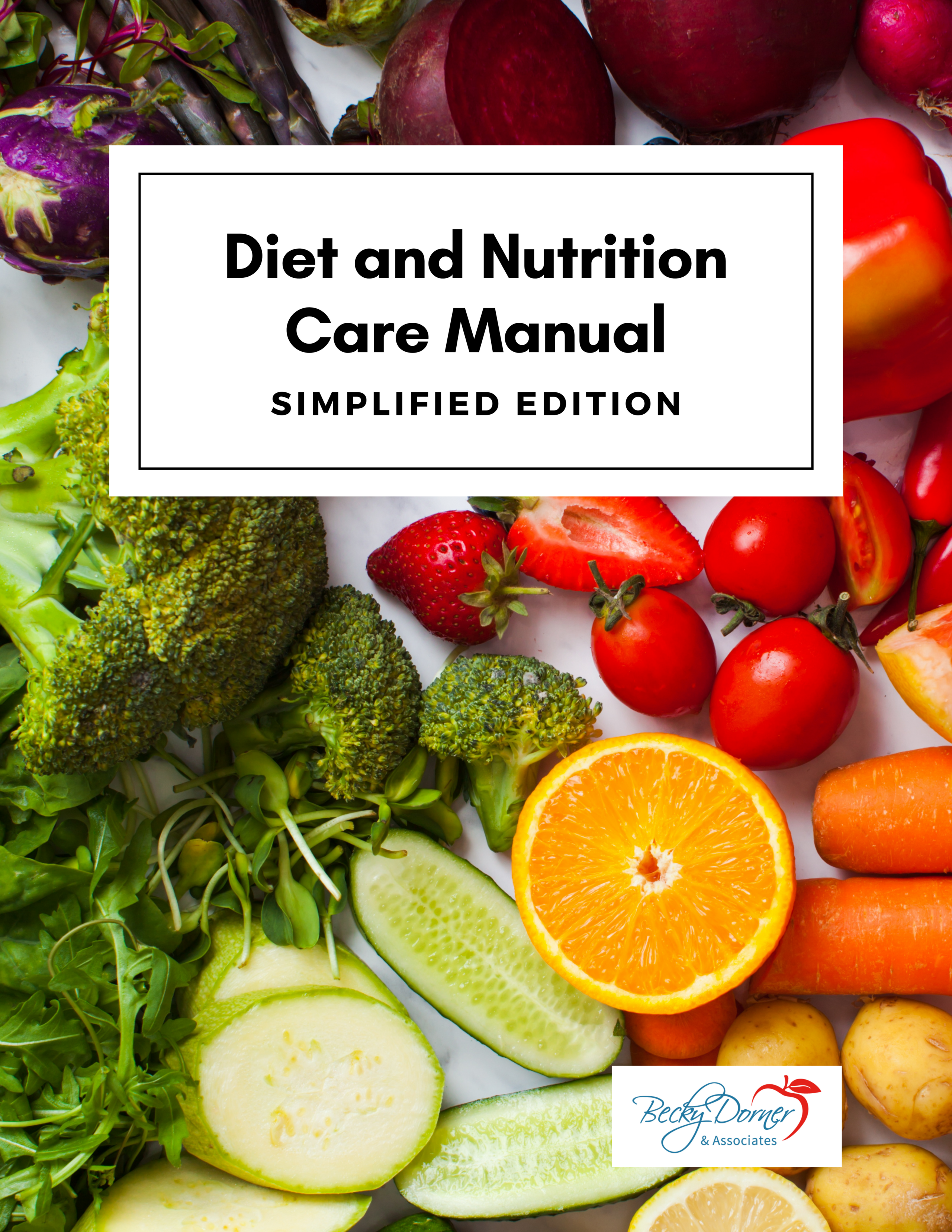
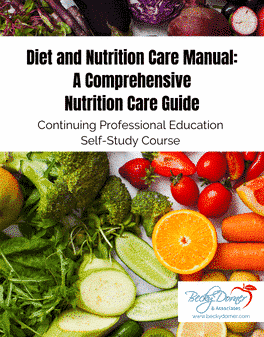
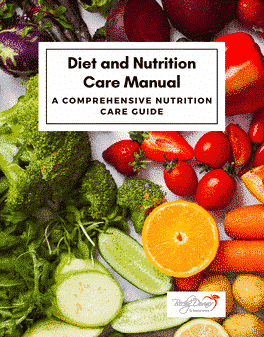



Can you please assist in clarifying MDS 3.0 coding for section K, weight loss.
The question is:
If a weight is more than 30 days, can that weight be counted as the weight closest to 30 days…or does it have to be before day 30?
For example:
Wt on day 25 of the look back,
vs. Weight on day 33 of the look back
Which weight should I choose? 33 is closest to 30, but over the 30 day look back period.
Per CMIs RAI version 3.0 manual, ch. 3, page k-5, Oct 2019:
“This item does not consider weight fluctuation ‘outside’ of these two time points, although the resident’s weight should be monitored on a continual basis….”
The two time points being closest to 30 days and closest to 180 days preceding the current weight (page k-4)
Which to me means the weight on day 25 should be chosen, since day 33 is ‘outside’ of the 30 day time point.
Please clarify.
Thank you!
Visit CMS page: https://downloads.cms.gov/files/mds-3.0-rai-manual-v1.17.1_october_2019.pdf. Refer to pages K-3 through K-10:
1. Base weight on the most recent measure in the last 30 days.
2. Measure weight consistently over time in accordance with facility policy and procedure, which should reflect current standards of practice (shoes off, etc.).
3. For subsequent assessments, check the medical record and enter the weight taken within 30 days of the ARD of this assessment.
4. If the last recorded weight was taken more than 30 days prior to the ARD of this assessment or previous weight is not available, weigh the resident again.
5. If the resident’s weight was taken more than once during the preceding month, record the most recent weight.
The weight on day 33 would be outside the specified time frame, as the guidelines specify “in the last 30 days” and “if the last recorded weight was taken more than 30 days prior to the ARD of this assessment or previous weight is not available, weigh the resident again.” The weight on day 25 of the look back date is the correct weight to use for the MDS, as day 33 is past 30 days.
Can you please clarify weight loss coding of 5% in 30 days regarding section K of the MDS 3.0?
If the ARD is 11/6/20 and the most current weight is 125# on 10/15/20.
Previous weights are:
135# on 9/14/20
136# on 9/15/20
134# on 9/16/20
133# on 9/17/20
Which weight should I use from this list when determing the weight loss calculation in 30 days and why?
Thank you.
Answered by my Director of Clinical Operations:
Code 125 lb from 10-15-20. It is the closet within 30 days to the ARD 11-6-20.
https://downloads.cms.gov/files/mds-3.0-rai-manual-v1.17.1_october_2019.pdf
Page 409 of the above PDF file.
This item compares the resident’s weight in the current observation period with his or her weight at two snapshots in time:
• At a point closest to 30-days preceding the current weight.
• At a point closest to 180-days preceding the current weight.
This item does not consider weight fluctuation outside of these two time points, although the resident’s weight should be monitored on a continual basis and weight loss assessed and addressed on the care plan as necessary.
For a New Admission
1. Ask the resident, family, or significant other about weight loss over the past 30 and 180 days.
2. Consult the resident’s physician, review transfer documentation, and compare with admission weight.
3. If the admission weight is less than the previous weight, calculate the percentage of weight loss.
4. Complete the same process to determine and calculate weight loss comparing the admission weight to the weight 30 and 180 days ago.
For Subsequent Assessments
1. From the medical record, compare the resident’s weight in the current observation period to his or her weight in the observation period 30 days ago.
2. If the current weight is less than the weight in the observation period 30 days ago, calculate the percentage of weight loss.
3. From the medical record, compare the resident’s weight in the current observation period to his or her weight in the observation period 180 days ago.
4. If the current weight is less than the weight in the observation period 180 days ago, calculate the percentage of weight loss.
What hieght should be coded on the MDS 3.0 section K for a resident with bilateral lower extremity amputations?
Is the current lying height used? or the height prior to the amputations?
The MDS RAI Guidelines do not specifically address this, so it is up to interpretation. You might want to discuss this with the MDS nurse for collaborative interpretation. Our interpretation is to use the actual height after bilateral amputation. This could also be supported by an adjusted BMI based upon the bilateral amputations, hence acknowledging the actual current height. Also see https://downloads.cms.gov/files/mds-3.0-rai-manual-v1.17.1_october_2019.pdf – Page 408 of pdf